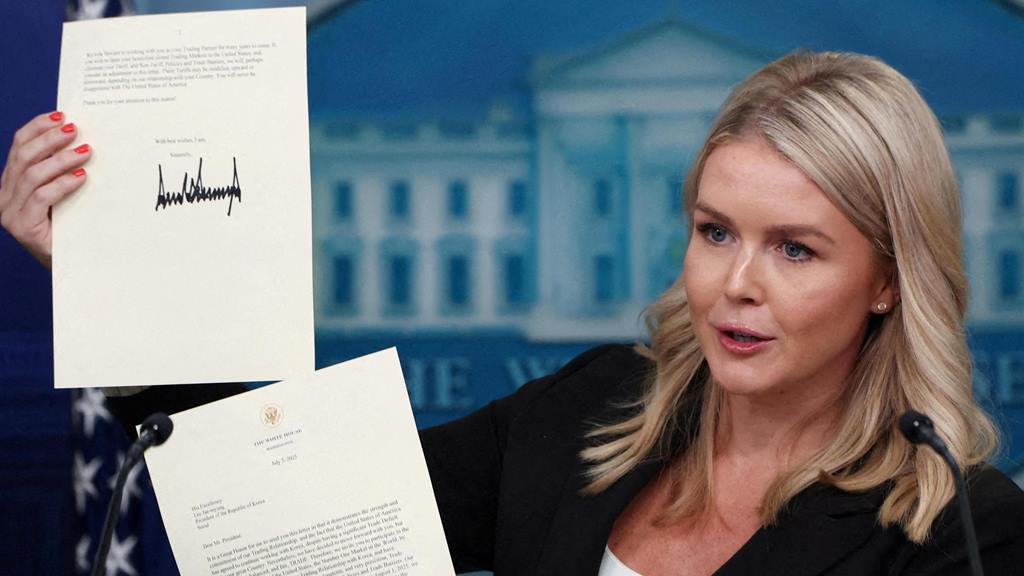
President Donald Trump declared new tariffs on six countries on July 9, 2025, to go into effect August 1, 2025.
Tariffs of 30% are placed on Iraq, Libya, and Algeria; 20% on the Philippines; and 25% on Brunei and Moldova. Part of a bigger effort targeting 20 nations, the action seeks to cut U.S. trade deficits and support manufacturing.
Trump’s letters to leaders warned against retaliatory tariffs, threatening steeper rates if nations did not comply. He stressed no extensions, stating, “all money will be due August 1”.
The U.S. had trade deficits of $5.9 billion with Iraq, $1.4 billion with Algeria, $900 million with Libya, $4.9 billion with the Philippines, $111 million with Brunei, and $85 million with Moldova. These are minor in a $30 trillion GDP economy, raising doubts about their actual impact.
Trump’s tariffs, tied to an April 2025 IEEPA emergency declaration, aim to force the renegotiation of trade deals. At a July 8 cabinet meeting, he said, “A letter means a deal,” pushing for compliance, according to The New York Times. The Philippines plans U.S. talks to lower its interest rate.
World Reactions and Concerns Over New Tariffs
Iraq, Libya, and Algeria expressed disappointment, citing higher costs and strained ties. Economists warn that tariffs could raise U.S. inflation, with a 50% tariff on copper already spiking prices by 17%. The U.S. Chamber of Commerce estimates a $82.3 billion business cost.
Trump claims that tariffs will fund tax cuts and create jobs, but past tariffs have added $80 billion in consumer costs.
Political and Economic Risks Rise
Trump’s 50% tariff on Brazil, tied to its prosecution of Jair Bolsonaro, blurs the lines between trade and politics. Targeting smaller economies like Moldova may disturb markets without reducing the $971 billion U.S. trade deficit.
According to the Trade Compliance Resource Hub, a May 2025 court order against prior tariffs showed possible congressional opposition.

